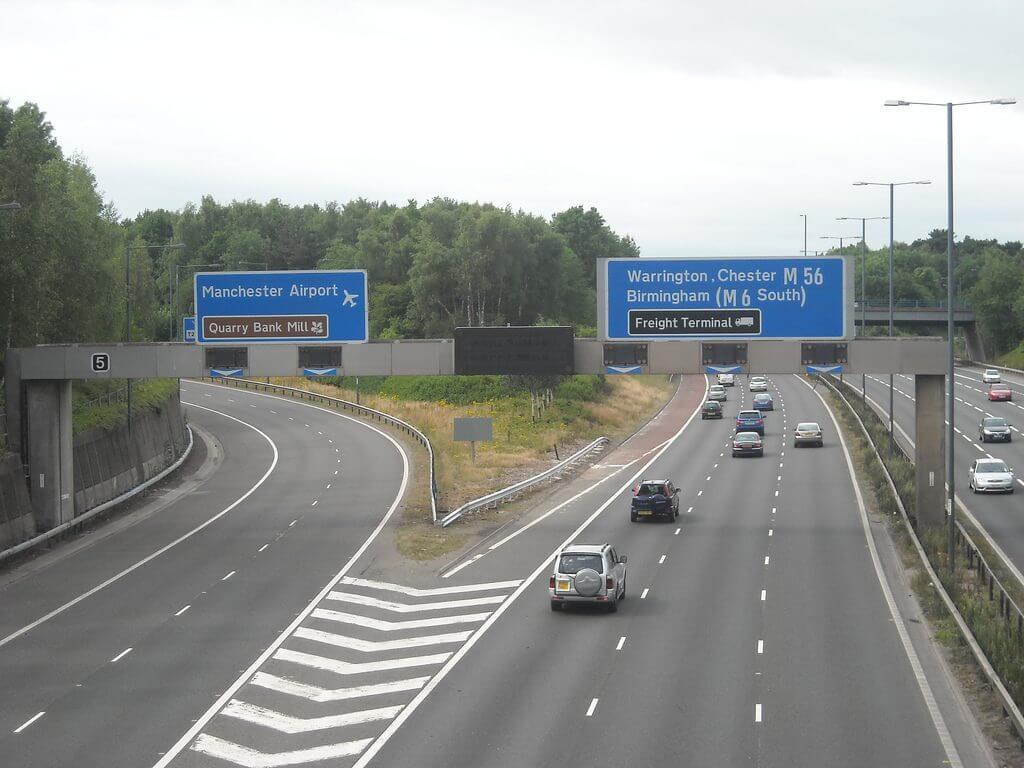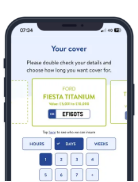Learning to drive is a rite of passage and a considerable achievement. A lot rides on that special day when you step into the car with your examiner and step out ready to drive on your own for the first time.
But the theory test is just as important. And interestingly it can be the more nerve-wracking of the two for a lot of learners. Taking an exam is not usually anyone’s idea of fun, and it can be tempting to prioritise the parts of learning to drive that you enjoy more – like making plans for the car you hope to have, or journeys you want to make. But you won’t be on the road without passing your theory, so it’s well worth committing plenty of time to getting ready for your theory test and making sure you pass.
To make that preparation process a whole lot easier, we’ve assembled a simple guide of everything you should need to get ready for your theory test. From booking to practising and taking your test – and what to do if you pass, and if you don’t.
Even if you find this a frustrating component of learning to drive, it’s unavoidable and actually much less stressful than you might think. Essentially, the secret – like most exams – is knowing what to expect. If you’ve put the time into getting ready for those questions, you could well find it a breeze.
Hopefully, these hints and tips will get you that bit closer to the freedom you’re hoping for.
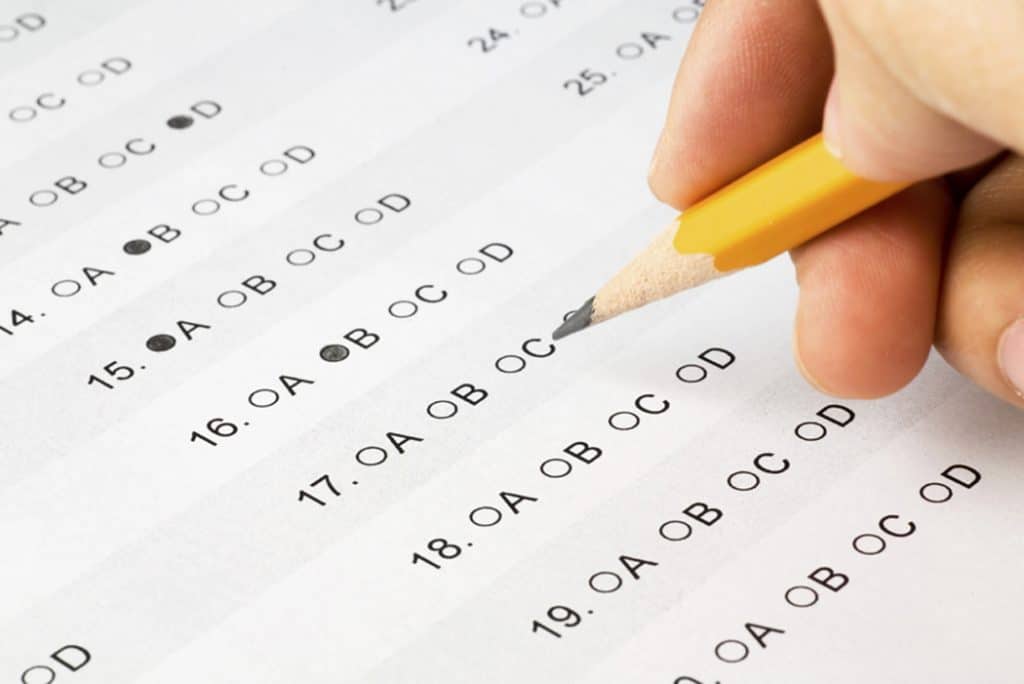
Hand completing a multiple choice exam.
What is the driving theory test?
The theory test is a short test designed to establish that you have a thorough understanding of the rules of UK roads – the Highway Code. The test is taken on a computer inside an official Driver & Vehicle Standards Agency test centre and all questions are set by the DVSA.
It’s the first step in becoming a full UK driving licence holder, the second step is taking your practical driving exam. You need to pass both parts of the Theory Test (multiple-choice questions and Hazard Perception) before you can book your practical driving test.
Do i have to take a theory test?
Yes, taking a theory test which has been mandatory since 1997. All the more reason to knuckle down and prepare so you can pass first time.
How much does a theory test cost?
You’ll need to pay £23 to take your car theory test, roughly a third of the cost of your full practical exam. You can book your theory test and your practical exam online via gov.uk. There are unofficial websites to book but they often charge more.
Can i take my theory test at the weekend?
Yes, you can book your theory or driving test for a weekday, weekend or bank holiday. The price is the same on evenings, weekends and bank holidays for your theory test, but not for the driving test itself.
Are theory tests the same for different types of vehicle?
No. Each vehicle type has its own testing and pricing system. Most people take the theory test designed for car drivers. But if you’re hoping to become a lorry or bus driver you will probably need to take all four of the Driver Certificate of Professional Competence (CPC) tests, although some drivers only need to take two of them.
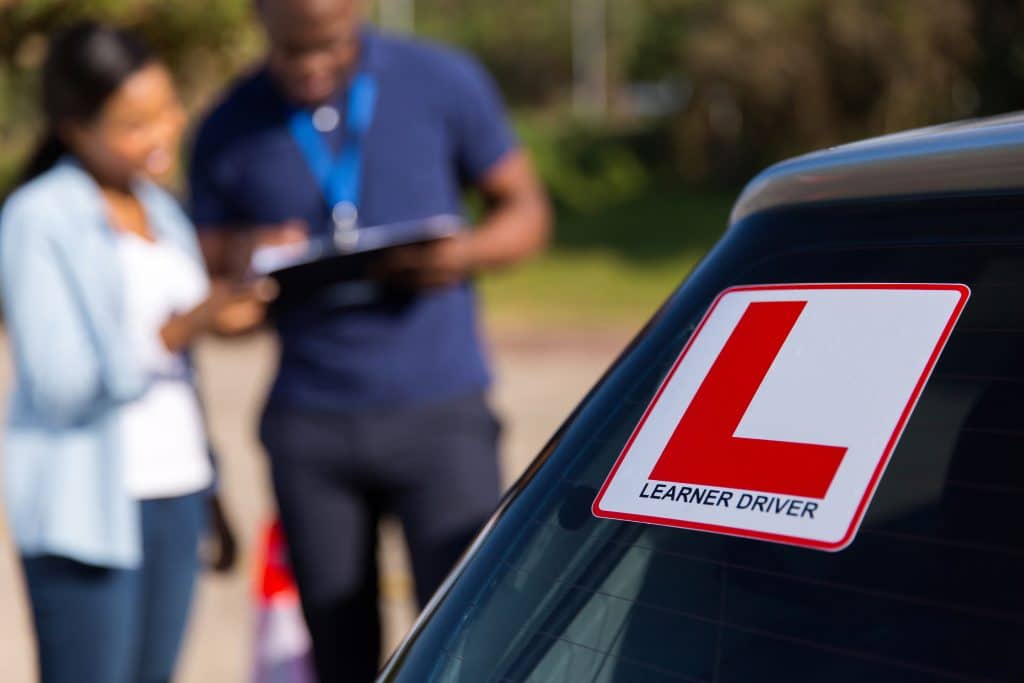
Before your theory test
Practice, practice, practice
Getting overly anxious about your test can impede your ability to perform on the day, but so can being overly confident. The secret to both is familiarising yourself with both the content that you need to know, and the format in which you’ll be answering.
Practice really does make perfect, and you can’t really practice too much. As soon as you begin honing your skills on the road you should be rehearsing your theory in the background too. The sooner – and more regularly you do this – the more likely it is you’ll feel confident and ready on the day.
The first thing to do is get yourself a copy of the Highway Code. Inside you’ll find all the answers you could need to the theory test questions that are going to come up. Even though the word ‘theory’ might make it sound like the content is detached from real driving, this couldn’t be further from the truth. Your knowledge of the Highway Code will define your confidence and safety on the road long into the future.
If you want to grow your knowledge even further, there are lots of books specially written to help drivers like you sharpen their knowledge and feel ready for their theory test. Inside there are hundreds of sample test questions to try, each one getting you that little bit more pass-ready.
Like any exam, you can’t expect to do the bare minimum and still pass. Skimming the Highway Code will do you no good in the exam room – and even less good out on the road. You need to put hours of preparation in. Reading and rereading the Highway Code, pushing yourself to try different mock tests, will all move you closer to your end goal – driving for real. You don’t have to do it all on your own, either, although some time on your own is definitely good for getting into the state of mind you’ll need to concentrate during the test.
You could ask a parent or family member to help you prepare, giving you spot tests as you go. Or better yet, if you have friends who are taking the test too, why not test each other? Getting asked questions out of the blue will help to sharpen your recall when you’re in an unfamiliar environment. The more times you answer, the easier it will be and the quicker you will get.
There are lots of mock tests online, but the best is the DVSA’s own practice test. This will give you the closest thing to real test conditions. Put the hours in, and you’ll feel yourself becoming a lean, mean theory test passing machine.
Put the theory into practice
Don’t forget, everything in the Highway Code is designed to be used outside the exam room on the road, so start using that knowledge when you’re in the car. You don’t have to be driving, either, though there’s no better time to be cross-referencing your knowledge with the real world than when you’re with your instructor.
Driving around with your family can still be a perfect way of training your eye to spot for hazards and check road signs, while at speed. Very few test guides can match these conditions for preparing you for the theory test. The more ‘practical’ the theory becomes in your head, the more comfortable you’ll find your memory contextualises and recalls it. And the better prepared for real driving you’ll be getting.
Some learner drivers get ready for the test without the help of a qualified driving instructor. If you are one of them, make sure that you are adequately insured to drive whatever vehicle you are learning in.
Lots of learners choose to get temporary insurance – a more flexible way of getting comprehensive cover for themselves, while also protecting any No Claims Discounts the owner of the vehicle owner has accrued.
You can choose to run your policy for as little as 12 hours or one day up to 28 days. Which could save you a lot of time, money and hassle, while making sure you’re completely covered. And you don’t need any extra things to worry about at this point.
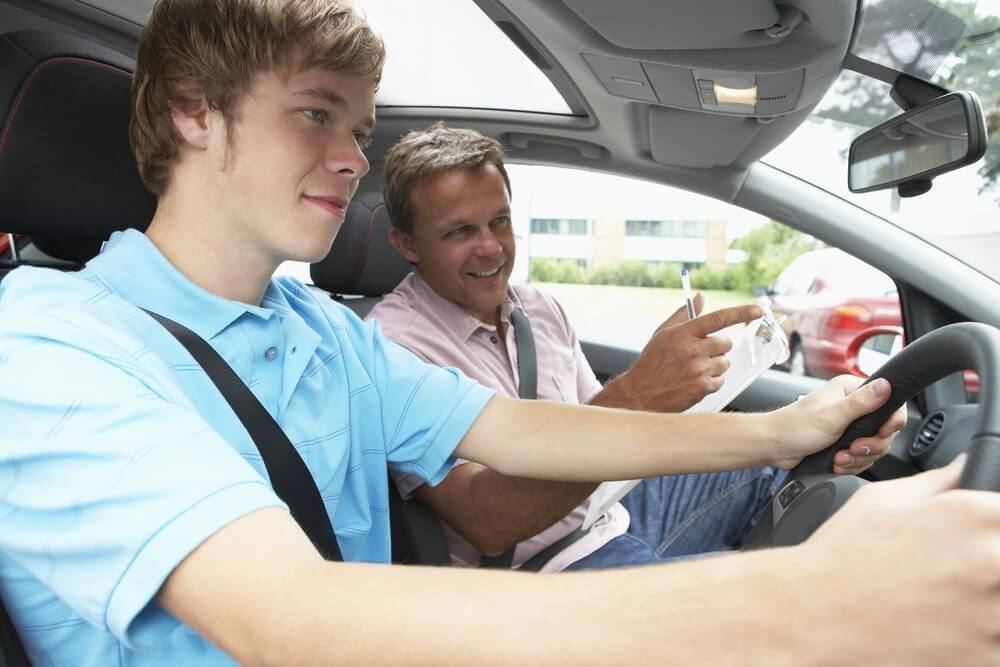
When should i book my theory test?
Knowing when to book your theory test isn’t always visible. You don’t want to do it before you’re ready, but then how do you know how long it will take to feel prepared? In reality a bit of a deadline can help you focus your preparation. Just carrying on practising and waiting to feel ready can be an endless cycle.
You certainly should make sure you’ve gained plenty of experience on the road and practiced your exam questions and hazard perception to a level where you’re regularly able to answer high enough to expect to pass. Getting full marks doesn’t mean you’ve cracked it; it could be a fluke.
Keep a note of the scores you’re getting in the dummy tests as you prepare. If you can see yourself improving, you should be able to work out when you might be ready to take the plunge.
Booking your theory test
Actually booking your theory test online is a straightforward process. However, it’s only simple if you have the right details with you before you begin. So before sitting down and getting started, make sure you have everything handy. You’ll need:
- Your provisional driving licence (don’t forget to check it’s valid)
- A valid credit/debit card to pay the £23 for your test (this the same for cars or motorcycles)
- Your email address or street address, so your booking confirmation can be sent out
Once you’ve booked your test, you should pat yourself on the pack. You’re one step closer to being a fully qualified driver! But don’t congratulate yourself too early. There’s still lots of prep to be done until the big day.
If something crops up in the meantime, don’t worry. You can always cancel or change the date of your theory test should you need. See below for how to do this.
It’s also important not to pat yourself on the back if you are upgrading your existing driving licence from to allow you to drive tow a trailer, or from an automatic license to a manual. You don’t need to retake your theory test, so cancel it now and get your money back.
On the day
What should i expect?
On the day of your theory test, make sure you leave plenty of time to get organised before you leave and to travel to the centre. This will be a lot easier if you get a good night’s sleep, so don’t stay up till midnight cramming. You need a clear head, which you definitely won’t have if you have to rush.
Before you set off make sure you have your:
- Provisional licence
- If you have a licence from Northern Ireland, bring the photocard and paper counterpart licence.
-
If you have a paper licence, bring a valid passport as well as your paper licence. If you don’t have a passport, you need to get a photocard licence.
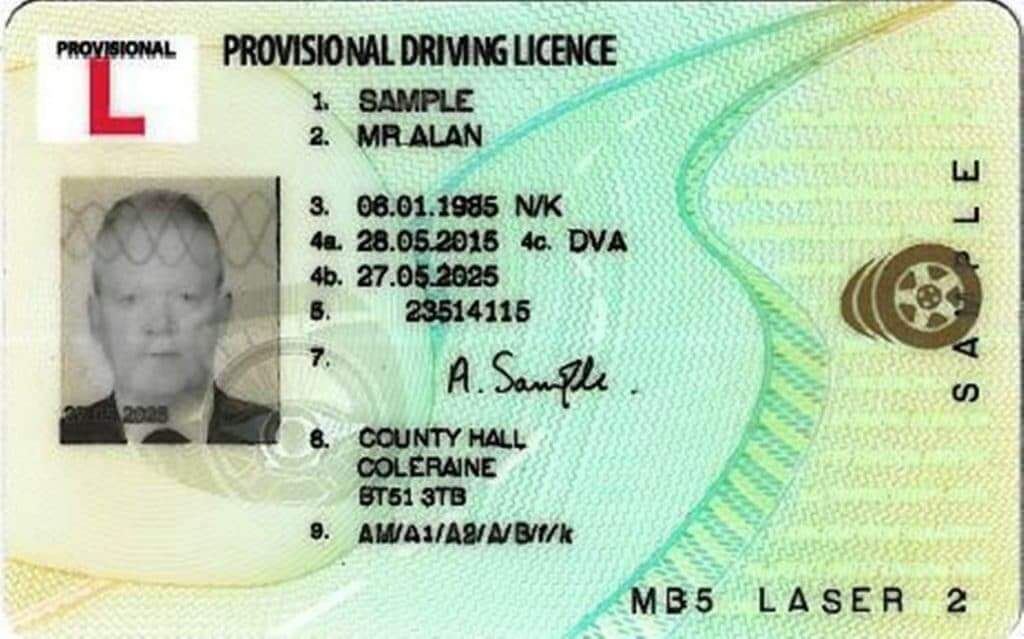
This is really important – if you forget your licence, or have lost it, you won’t be allowed to take the test. Not only that you won’t be entitled to request a refund of your £23.
It’s a good idea to pack these things the night before, but don’t load yourself up with personal items, like loads of books or your tablet and earphones. Even if they’re in a bag you won’t be allowed to take them with you into the test room. You’ll have to keep them in a locker outside until the theory test has finished, so don’t make it hard work. Just travel light.
One of the reasons you’re not allowed to take any of these things into the room is to stop cheating. If for any reason you were thinking of cheating on your theory test, you should think again. Being caught cheating can result in being banned from driving. You could even find yourself being given a prison sentence.
As soon as you’ve finished emptying everything out of your pockets, you will be taken to the test room and assigned a workstation. This is the desk and computer where you will take your test. Someone will give you instructions on how to use the equipment, but it’s pretty straightforward. It might remind you of the kind of computer room setup in your school or college. Once you’ve been assigned a workstation, you’ll be told to watch an instructional video using headphones which are provided for you.
Part one – multiple choice questions
Your exam is split into two parts – the first is the multiple-choice questions. There are 50 multiple choice questions for you to answer, and you will be given a couple of practice questions first to get used to the format. You have 57 minutes to answer them all. This time won’t start until you’re completely ready.
Some of the questions will be written in the form of a case study. These case studies are taken from real-life scenarios, and you will be asked five questions in relation to the scenario it describes.
If you get stuck, don’t panic. You can flag any questions you’re not sure about and come back to them at the end. Don’t waste lots of time on any one questions, you don’t want to run out of time. You may find that when you’re further along the answer comes quickly.
As you move through the questions, answer the ones you feel most sure of at first, save any flagged ones, and return to them at the end. This will give you the best chance of moving through quickly and accurately – and passing.
The pass threshold is 43 right answers. So you need to answer 43 or more correctly in order to pass this part of the theory test. So don’t rush, but don’t dawdle. Be confident in yourself and your knowledge – and be as certain as you can that you’ve made the right choices before deciding you’re finished.
Have a break
After the multiple-choice section is over – whether you’ve finished and want to stop or the time limit has been used up, you will be allowed a short break. The break isn’t long – up to three minutes – but it’s enough to gather your thoughts and prepare yourself for the second section, without losing momentum.
Try not to think about the section that you’ve just finished. There may be questions that you think you got wrong, and it can be hard not to dwell on these and count them up, but that part of the exam is over. You can’t change it. But can give yourself the best chance of a passing or even perfect mark on the next one. Take a deep breath, and get ready for Hazard Perception.
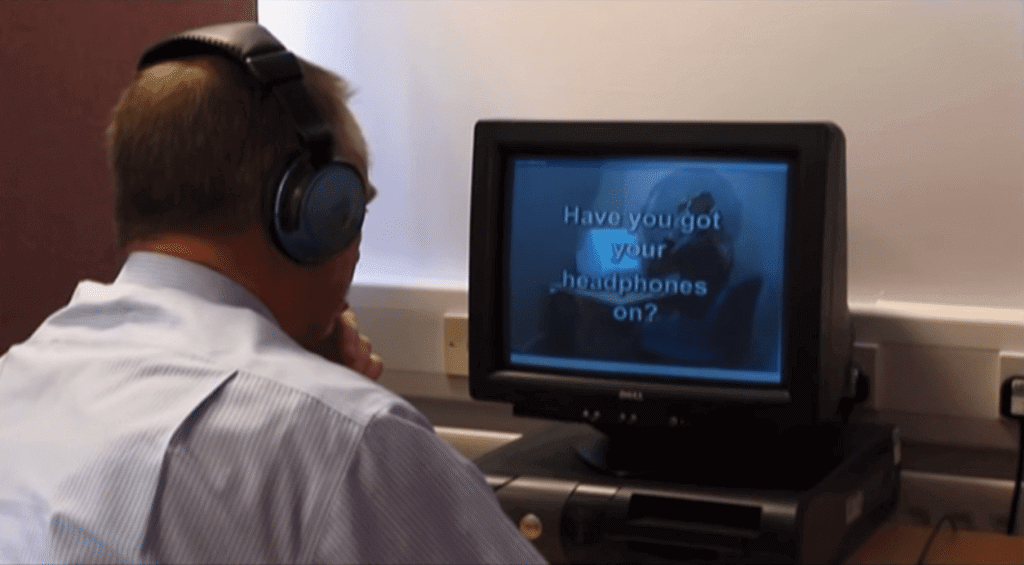
Part two – Hazard Perception
Part two of your test is designed to check you are capable of spotting hazards and responding appropriately. This is an essential part of driving safely, and you need to demonstrate that you can do it quickly and accurately.
Again you’ll be shown a short video explaining how to use the equipment for hazard perception. Then you’ll watch 14 video clips. Each one is specifically designed to test your reactions.
Each clip contains footage of a normal, everyday driving scenario, but there will be a ‘developing hazard’ – something happening that could become dangerous. In one of the 14 clips there will be two hazards developing simultaneously. Your task will be to click the mouse when you see the hazard beginning to develop.
Points will be assigned based on when you click the mouse, and you should only click it if you know – if you were driving – you would need to either change direction, alter your speed or stop completely.
There are up to five points available for each hazard, and it’s important not to wait too long to click. The earlier you detect the hazard, the more points you will score. When you see one developing, click immediately, but not before.
Everything you do needs to be deliberate. Random clicks, repeated clicks, or clicking in a pattern will not register as accurate hazard perception on the computer.
The system has been designed to make it impossible to cheat, so don’t try and trick the computer or rely on blind luck. Trust your instincts and your preparation. These are skills you’ll be using every day on the road once you pass.
You don’t have to get a perfect score on Hazard Perception, but you do need to score at least 44 out of the 75 possible marks in order to pass.
After the test is over
When you finish Hazard Perception, you’re finished. Phew! Take a deep breath. You made it. But now the test is over, what happens next?
Because the system is computerised, there’s no waiting around for someone to mark your scores. The results are instantaneous, so you’ll be told right away if you’ve passed or failed.
If you pass your test, congratulations! Your examiners will give you a letter confirming that you’ve passed, and showing your pass certificate number. This is important – you won’t be able to book your practical driving test without it. There’s no rush to book your practical test, but it does need to be done within two years, otherwise you’ll be back taking your theory again.
Obviously, because it’s so important you should keep it somewhere safe. If you do lose it, you can retrieve the pass certificate number from gov.uk.
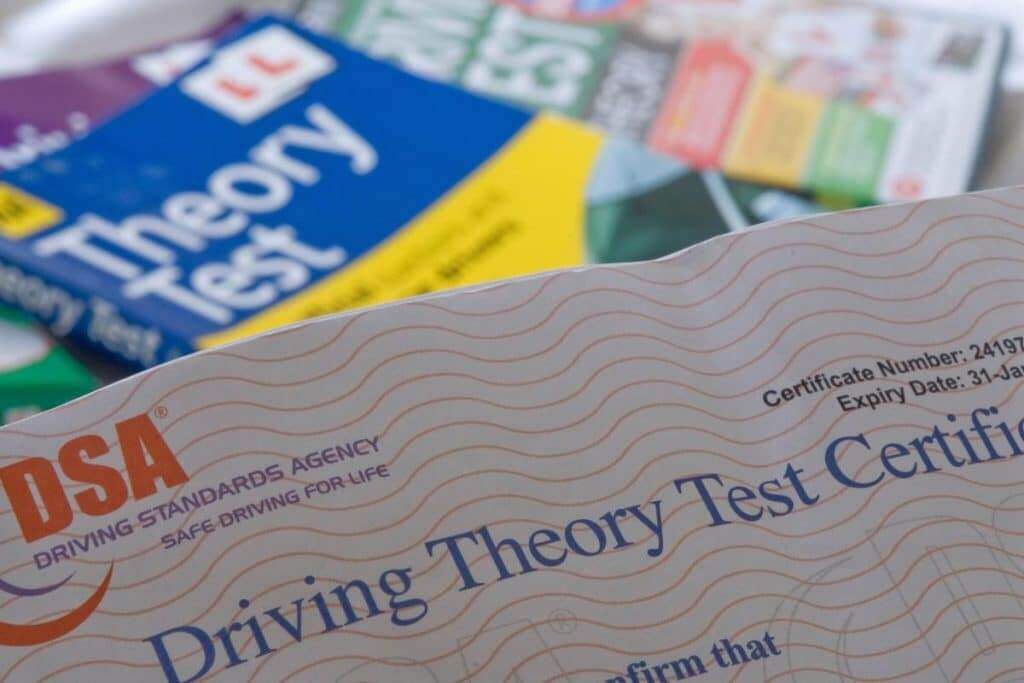
What if i fail my theory test?
If you fail your theory test, don’t worry. It will of course be disappointing. You may know which questions you got wrong, or you may not, but you’re certainly not the first person to fail and you won’t be the last. It can be tempting to feel sorry for yourself, but there’s so much to learn from the experience that you’ll be able to put into practice next time, so try not to let it stop you from taking all that in.
If you’re raring to have another crack at it, that’s great! But you will need to wait three working days before retaking your theory test. There aren’t any limits on how many times you can take it. Whatever it takes, just carry on practising and preparing and believing in yourself. You’ll get there in the end.
What if i need to cancel my theory test?
Your theory test is a key milestone on your journey to being a qualified driver, allowed to head out onto the road on your own. So once it’s in the diary, it’s best not to cancel if you can avoid it.
But sometimes things can crop up that you couldn’t foresee, such as ill health or a family emergency. If that happens you can cancel your theory test online. You’ll need your driving licence handy when you do. Simply enter your details and check for mistakes and the system should update automatically. The whole process takes around ten minutes.
When you’re ready to book it in again, just go online as you did the first time.

